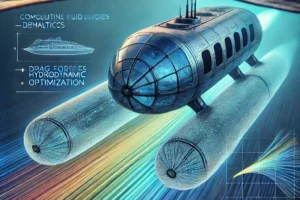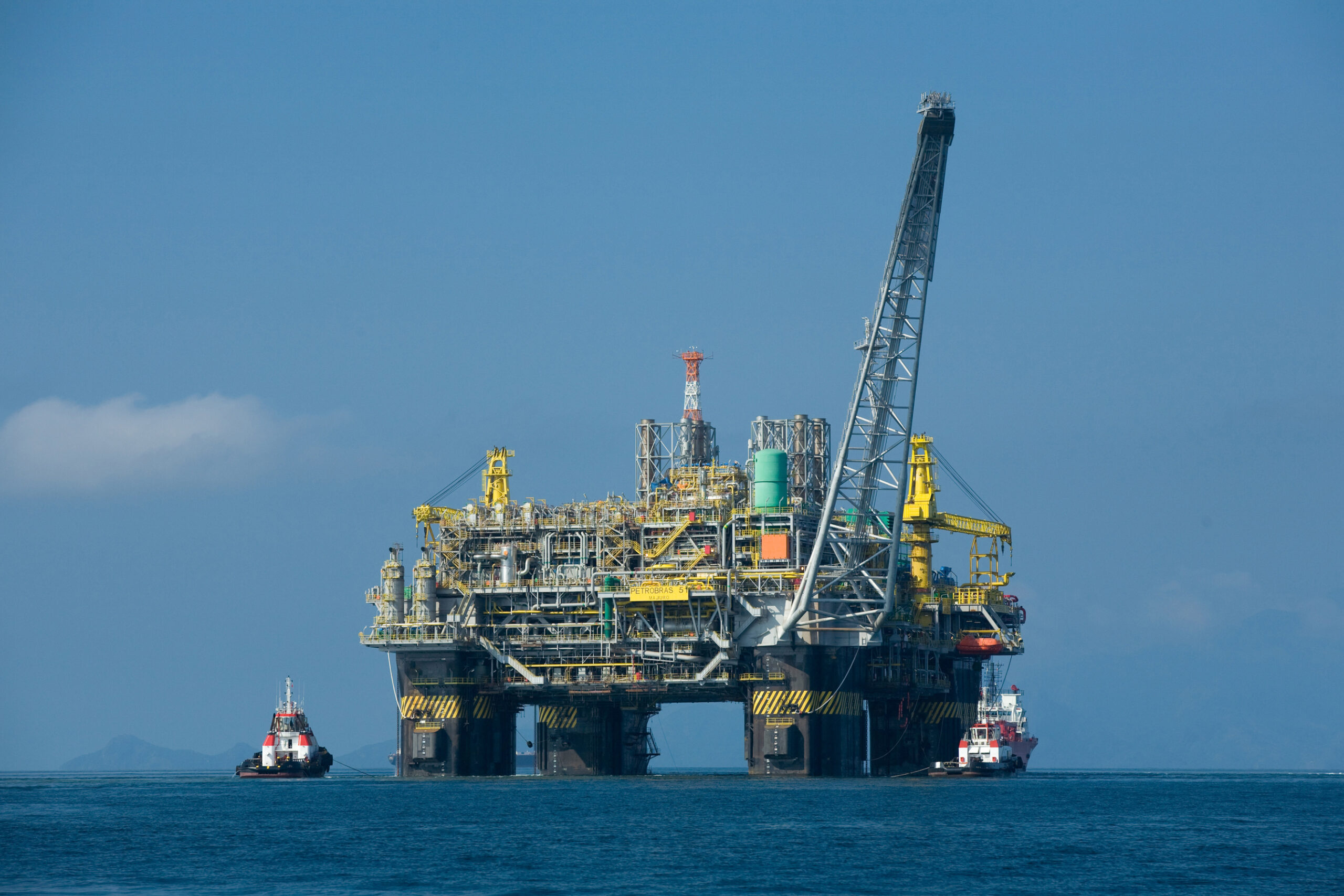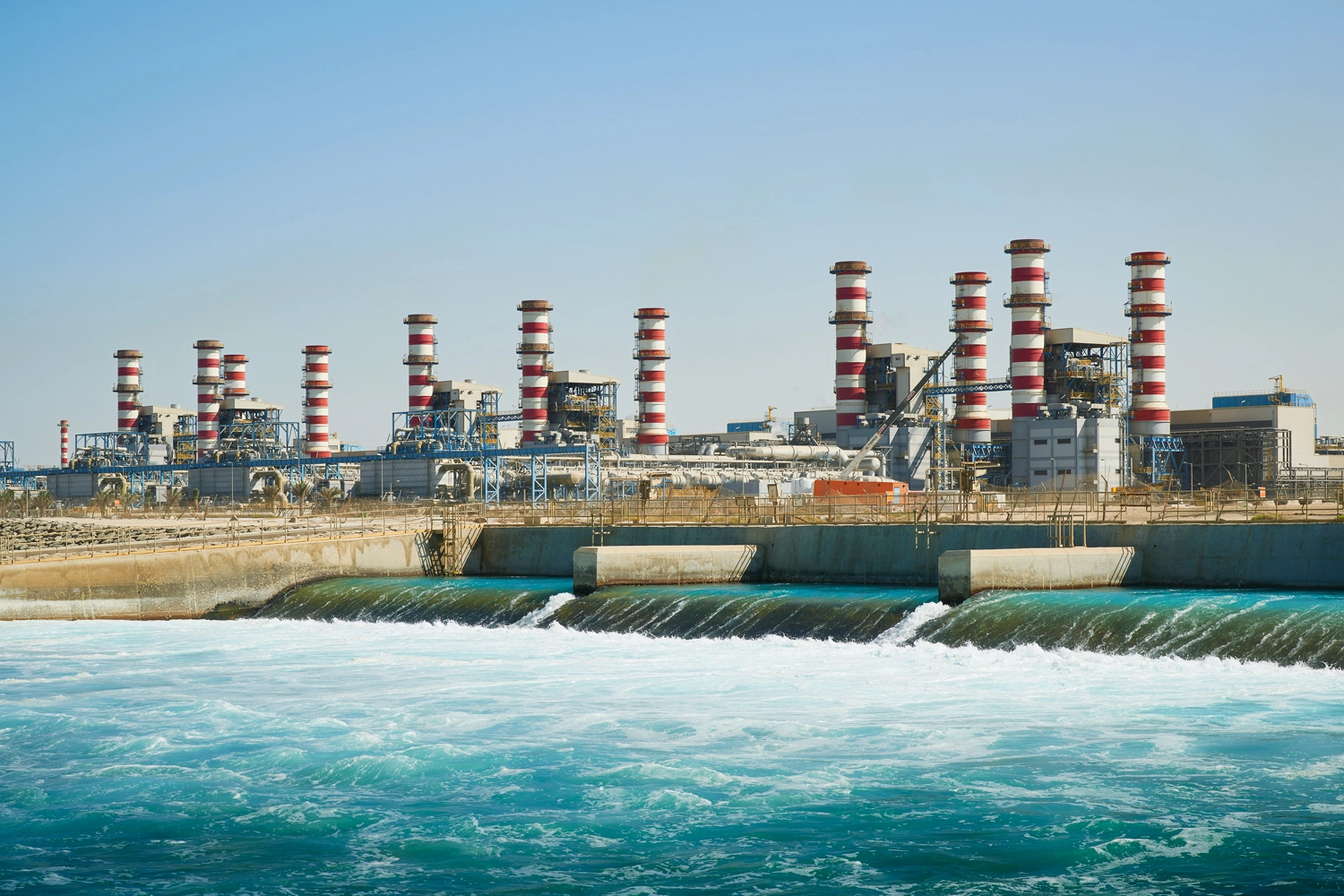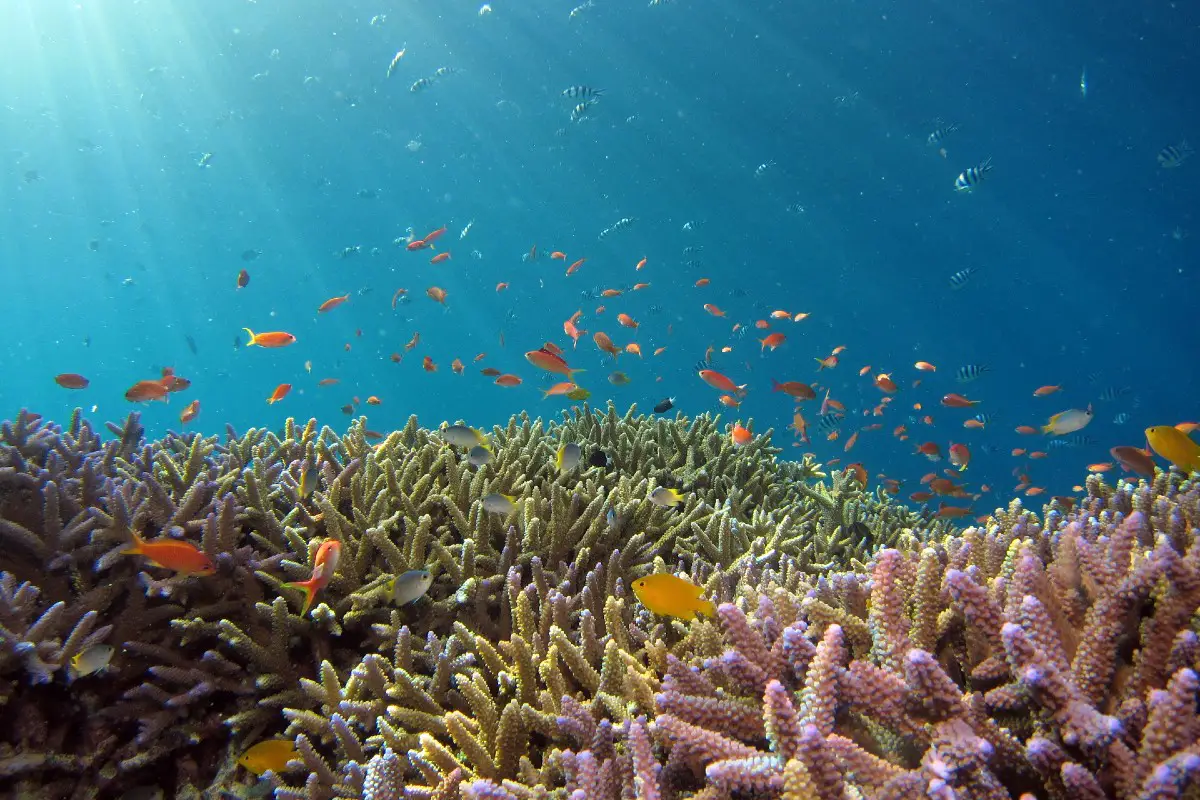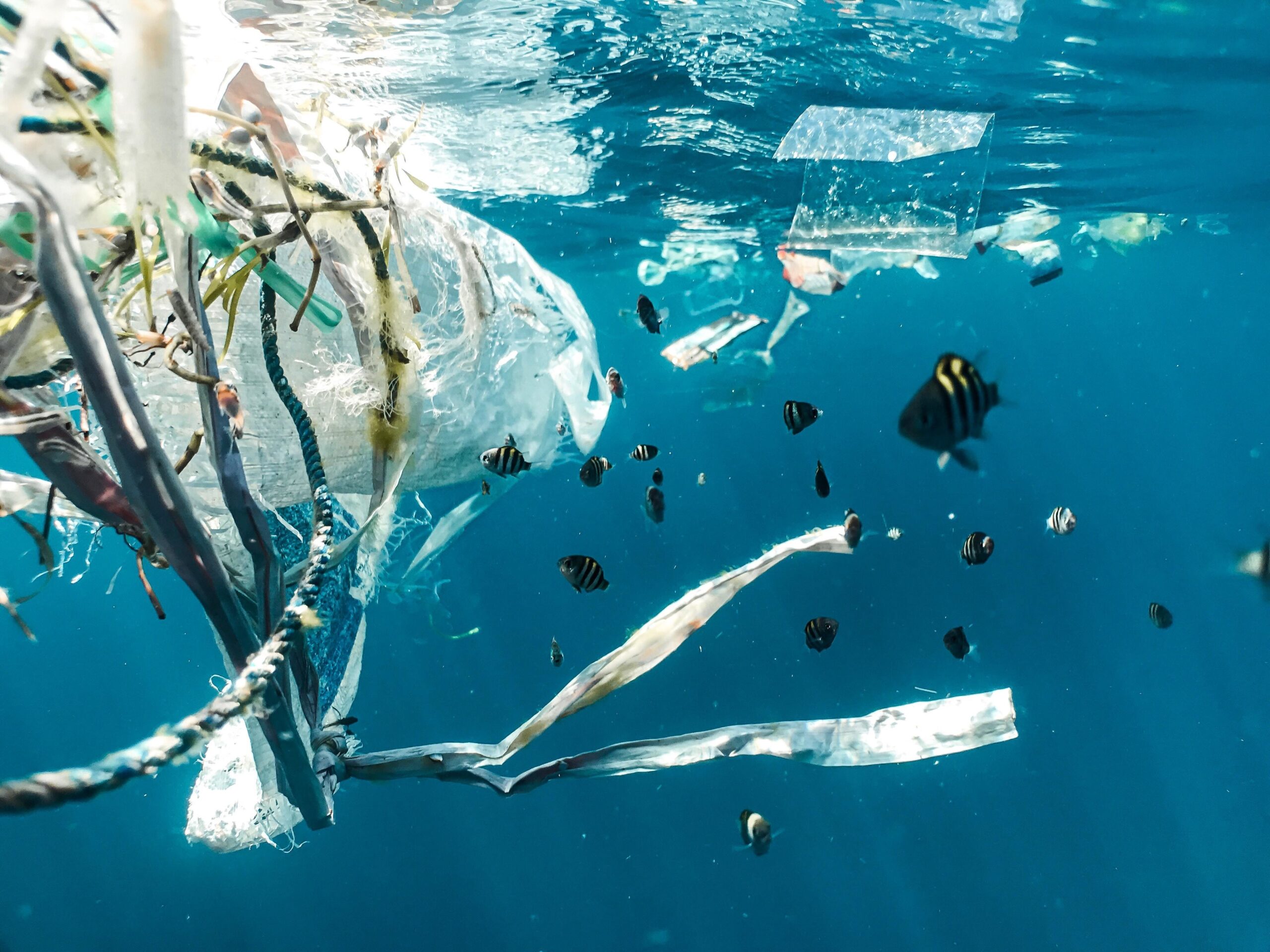An offshore oil rig is a large structure with facilities for drilling oil wells and extracting petroleum from beneath the ocean’s surface. These structures can be either fixed platforms, which are built into the seafloor, or floating platforms, which are buoyant and can be moved from location to location. Offshore oil rigs typically include living quarters for workers, equipment for drilling and extracting oil, and facilities for storing and transporting the oil.
The process of drilling for oil on an offshore rig involves the use of large drills that bore down into the seafloor to reach the oil deposits deep beneath the surface. Once the oil is extracted, it is typically transported to shore via pipelines or tankers. Offshore oil drilling can be a controversial topic due to concerns about environmental impact and the potential for oil spills.
Offshore oil drilling is a complex and expensive process that requires a significant investment in technology and infrastructure.
The types of offshore oil rigs include:
- Fixed platforms: These are large structures that are built directly onto the seafloor. They are typically used in water depths of up to 1,500 feet and are anchored to the seafloor using piles.
- Compliant towers: These are similar to fixed platforms but are more flexible, allowing them to move with the waves and currents. They are typically used in water depths of up to 3,000 feet.
- Semi-submersibles: These are floating platforms that are partially submerged in the water. They are typically used in water depths of up to 8,000 feet and are anchored to the seafloor using cables or chains.
- Drill ships: These are ships outfitted with drilling equipment that can be used in water depths of up to 12,000 feet.

The drilling process starts with a drilling rig that is used to bore down into the seafloor to reach the oil deposits. Once the well has been drilled, steel casing is inserted to keep the hole from collapsing. Next, a blowout preventer is installed on top of the wellhead to control the flow of oil and gas. Once these steps have been completed, the well is ready to be completed and production can begin.
Offshore drilling also poses a significant environmental risk, particularly in the event of a blowout or oil spill. In order to mitigate these risks, offshore drilling operations are subject to strict regulations and oversight.
Overall, Offshore oil drilling is an important source of energy, but also comes with many challenges and risks that need to be carefully managed.
Design of Offshore Oil Rigs
The design of an offshore oil rig is a complex and multi-disciplinary process that involves several key considerations, including:
- Water depth: The water depth at the drilling location is a major factor in determining the type of rig that can be used. Different types of rigs, such as fixed platforms, semi-submersibles, and drill ships, are best suited for different water depths.
- Environmental conditions: The rig must be able to withstand the harsh conditions of the open ocean, including high winds, waves, and storms.
- Access to the wellhead: The rig must be designed to provide safe and easy access to the wellhead for drilling, completion, and production operations.
- Safety and security: The rig must be designed to ensure the safety and security of the workers on board and minimize the risk of accidents or incidents.
- Living quarters: The rig must have living quarters for the workers, including sleeping accommodations, dining facilities, and recreational areas.
- Drilling equipment: The rig must have the necessary drilling equipment and facilities to extract the oil, including derricks, cranes, and other specialized equipment.
- Production facilities: The rig must have the necessary facilities to process and transport the oil, including storage tanks, pipelines, and loading facilities.
- Environmental protection: The rig must have systems in place to minimize the environmental impact of drilling operations, including measures to prevent and respond to oil spills.
The design of offshore oil rig is an engineering process with multiple stages. First, the conceptual design is developed, this stage involves the selection of the type of platform, the layout of the facilities, and an estimation of the cost and schedule of the project. The next stage is the detailed design, this stage involves the development of detailed engineering drawings and specifications for the platform, equipment and facilities, and the selection of the main equipment.

The final stage is the construction and installation of the platform, this stage involves the fabrication of the platform and its components, the installation of the equipment, and the commissioning and start-up of the platform.
Overall, the design of an offshore oil rig is a complex process that involves many factors and considerations. It is important to balance the need for efficient and safe drilling operations with the need to minimize the environmental impact of the rig.
Construction of Offshore Oil Rigs
The construction of an offshore oil rig is a multi-stage process that involves several key steps, including:
- Fabrication: The first step in the construction process is the fabrication of the various components of the rig, such as the platform deck, living quarters, and drilling equipment. This typically takes place at specialized fabrication yards and involves the use of heavy machinery, such as cranes and welding equipment.
- Transportation and assembly: Once the components have been fabricated, they are transported to the construction site, usually by barge or other specialized vessels. Once at the construction site, the components are assembled and the rig is constructed.
- Installation of equipment: After the rig has been constructed, the next step is to install the drilling equipment and other specialized equipment, such as blowout preventers, wellhead equipment, and production facilities. This typically involves the use of cranes and other heavy lifting equipment.
- Testing and commissioning: Once the rig is complete, it must be tested and commissioned to ensure that it is safe and ready for operation. This typically involves a series of tests and inspections to check the rig’s systems and equipment.
- Transportation to the drilling location: After the rig is complete, it is then transported to the drilling location, typically by tugboat or other specialized vessels.
- Installation and Anchoring: Once the rig arrives at the drilling location, it must be installed and anchored in place. This typically involves the use of piles or other foundation systems, as well as specialized equipment to ensure that the rig is securely anchored in place.
The construction of an offshore oil rig is an engineering and construction project that requires a significant investment in time, resources, and technology. It requires the coordination of many different teams, including engineers, construction workers, and specialized technicians.
The construction process itself is highly dependent on the type of platform and the water depth, for example, for a fixed platform, the platform is built onshore and then transported to the location and installed on the seafloor using piles. For a floating platform, the platform is built in a shipyard and then towed to the location.
Overall, the construction of an offshore oil rig is a complex and challenging process that requires a high level of expertise, planning, and coordination. It is also a highly regulated process, with strict safety and environmental regulations that must be followed to ensure the safety of the workers and the protection of the environment.
Advantages and Disadvantages of Offshore Oil Rigs
Offshore oil rigs have both advantages and disadvantages, some of which include:
Advantages:
- Increased oil production: Offshore oil rigs can extract large amounts of oil from beneath the ocean’s surface, providing a significant source of energy for countries that rely on oil as a primary source of fuel.
- Access to deeper water: Offshore oil rigs allow for drilling in deeper water, where oil deposits are often located. This means that more oil can be extracted from a wider area.
- Job creation: The construction, operation and maintenance of offshore oil rigs creates jobs for a wide range of skilled workers, including engineers, construction workers, and technicians.
- Economic benefits: Offshore oil drilling can provide significant economic benefits to the countries and communities where it takes place, including revenue from oil production and increased economic activity.

Disadvantages:
- Environmental risks: Offshore oil drilling poses a significant environmental risk, particularly in the event of a blowout or oil spill. These spills can have devastating effects on marine life and coastal ecosystems, as well as damage to fishing, tourism and other industries.
- Cost and complexity: Offshore oil drilling is a complex and expensive process that requires a significant investment in technology and infrastructure.
- Safety: Offshore drilling can be a dangerous activity, and accidents can occur, resulting in injury or loss of life.
- Dependence on fossil fuels: Offshore oil drilling contributes to the continued dependence on fossil fuels, which are a non-renewable source of energy and contribute to climate change.
- Political and social issues: Offshore oil drilling can also create political and social issues, particularly in areas where the benefits of drilling are not widely shared or where drilling operations are perceived as a threat to local communities or traditional ways of life.
Overall, offshore oil drilling is a complex issue that carries many advantages and disadvantages. It can provide a significant source of energy and economic benefits, but also poses significant environmental and safety risks. It is important for policymakers, industry leaders, and the public to carefully weigh the pros and cons of offshore drilling, and to work together to develop solutions that minimize the risks and maximize the benefits.

